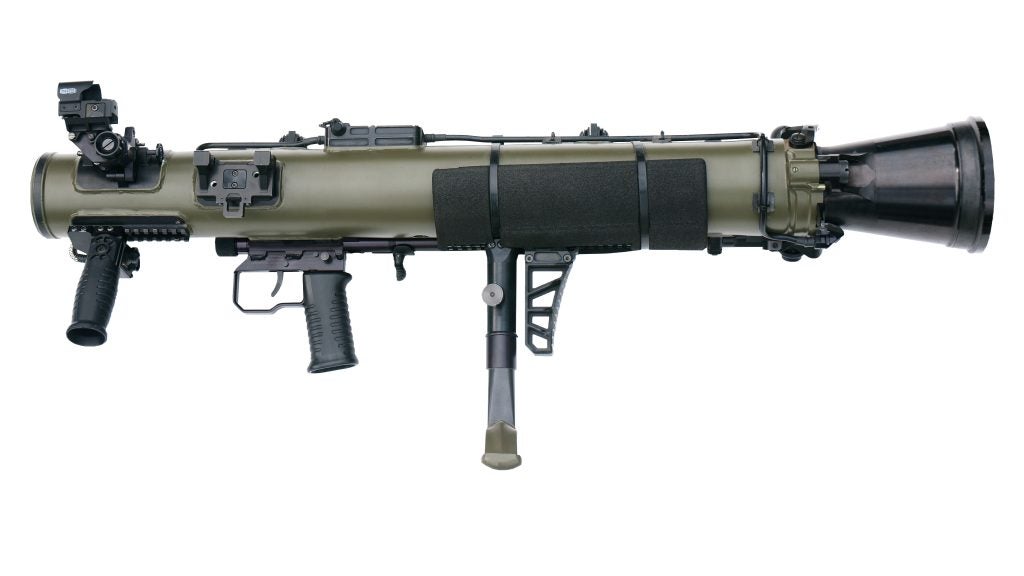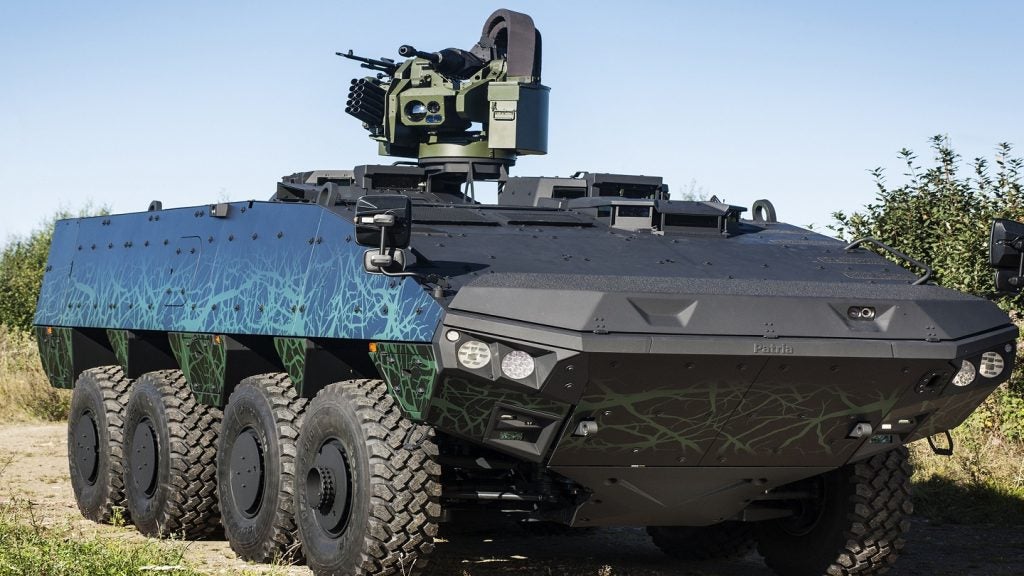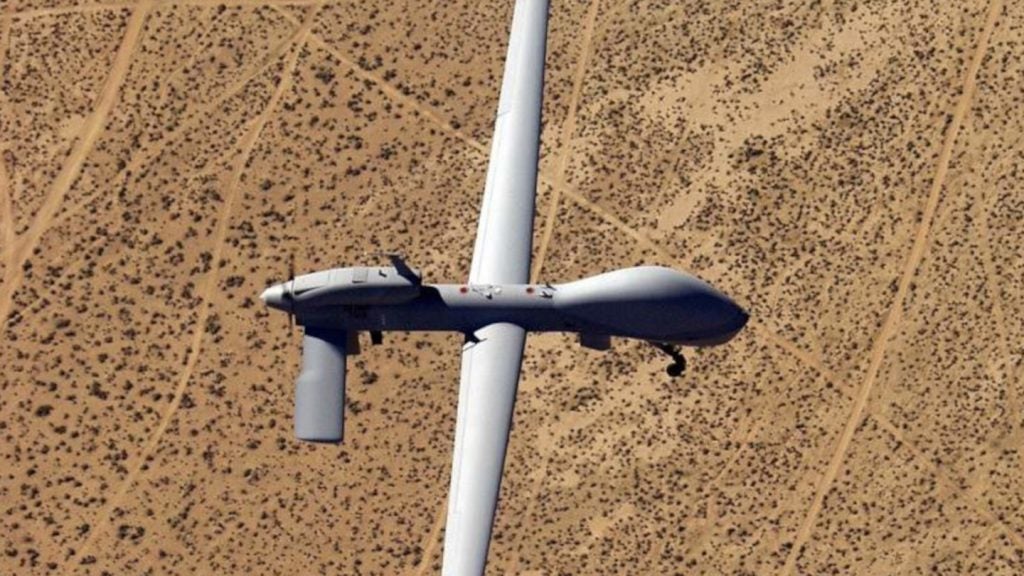The K9 Thunder is a 155mm / 52 calibre self-propelled howitzer developed by Hanwha Techwin, formerly known as Samsung Techwin, for the Republic of Korea Armed Forces. The howitzer is designed to provide effective and deep fire support in all kinds of theatres. Built on high mobility platform, the K9 delivers a high rate of fire at long range.
The K9 Thunder development programme began in 1989. The first prototype was rolled out and tested in 1996. The design phase was completed in 1998 and serial production began in 1999. It was one of the main contenders for the Land 17 Artillery Replacement Project of the Australian Army.
K9 self-propelled howitzer design
The K9 Thunder platform is made of all-welded steel armour protection material. The design incorporates a Modular Azimuth Position System (MAPS), an automatic fire-control system (AFCS), a powered gun elevation / depression and a turret traverse system. The hydro-pneumatic suspension system provides high-ground clearance and mobility across different terrains.
K9 Thunder orders and deliveries
The South Korean Government awarded a contract to Samsung Aerospace Industries (SSA) for the K9 Thunder in December 1998. The first batch of K9 were delivered to the Republic of Korea Army in 1999.
In late 2001, Turkish Land Forces Command (TLFC) signed a contract with Samsung TechWin for K9 Thunder. The Turkish variant was designated Firtina or T-155 K/M Obus. Turkey received its first batch of eight Firtina howitzers in 2004. A total of 150 units were delivered to the Turkish Army in December 2009.
In April 2017, Indian multi-national engineering firm Larsen &Toubro signed an agreement with Hanwha Techwin for the transfer of technology to indigenously manufacture the K9 Vajra howitzers for the Indian Army.
L&T indigenously developed the fire control system, direct fire system, and ammunition handling systems for the self-propelled howitzer.
The company delivered the final K9 Vajra howitzer in February 2021 to complete the programme to deliver 100 Vajra howitzers to the Indian Defence Ministry.
In September 2020, the K9 howitzer was chosen by the Australian Army as the preferred solution for the Protected Mobile Firepower requirement under its LAND 8116 programme. The project will deliver a lethal, heavily armoured, and tactically manoeuvrable land system. The final contract is anticipated to be awarded in early-2022.
K9 howitzer armament
The main weapon is the 155mm / 52 calibre gun. It has a burst rate of fire of three rounds per 15 seconds and a maximum rate of fire of six to eight rounds a minute for three minutes.
Sustained rate of fire is two to three rounds a minute for one hour. The K9 Thunder is designed to meet the up-to-date tactical concept on shoot and scoot.
The gun can fire a standard M107 high-explosive (HE) projectile for a maximum range of 18km.
Maximum range firing the HE rocket assisted projectile (RAP) with uni-charge of five zones, is 30km. It can also fire a K307 projectile with a modular-charge of six zones for a maximum range of over 40km.
Fire control The gun’s firing is controlled by onboard fire-control equipment. The information can be transmitted through a data digital radio link or voice communications. The automatic loading system places the projectiles onto the ammunition tray ready for fire. The K9 Thunder can open fire within 30 seconds at stand out position or within 60 seconds during movement.
The K9A1 upgrade has the automatic fire control system that includes text-based DOS system, graphical windows system, electronic time data loader, and digital map.
Self-protection
The K9 Thunder’s welded steel construction protects crew and on-board equipment against the 155mm shell fragments, 14.5mm armour piercing shells and anti-personnel mines. The air purification system and on-board crew gas masks are provided for NBC warfare.
K10 ammunition re-supply vehicle (ARV)
The K9 Thunder is supplemented by a K10 automatic ammunition re-supply vehicle (ARV) built on the K9 platform.
The K10 is a fully tracked vehicle that follows the main artillery battery. The K10 ARV can automatically transfer 12 rounds per minute through a conveyor belt.
This avoids the exposure of crew to the combat environment. Each K10 supports two K9 guns and can carry 104 rounds of ammunition.
K9 engine and mobility
The K9 Thunder is powered by an MTU MT 881 Ka-500 8-cylinder water cooled diesel engine coupled to the Allison ATDX1100-5A3 transmission. The engine develops a power output of 1,000hp with a power-to-weight ratio of 21.6hp/t. The auxiliary power unit in the improved K9A1 variant can provide up to 8kW (10.7hp) of additional power. The propulsion system provides a top speed of over 67km/h and a cruising range of 360km.
T-155 Firtina Turkish howitzer variant
T-155 Firtina is the Turkish variant of K9 Thunder. The major equipment including gun system, automatic ammunition feeding system and diesel engine were retained for the T-155.
The Turkish variant incorporates considerable changes in turret design, chassis, navigation system and electronic systems.
The first batch of eight T-155s were built in South Korea under a licence agreement with Samsung Techwin, while the remaining batch of over 300 units is being produced at the 1st Army Maintenance Center Command, Adapazari in Turkey.
The K9A1 and K9A2 upgrades
The K9A1 variant is equipped with improvements such as automatic fire control system, driver’s night periscope, and auxiliary power system for enhanced efficiency. The improved K9A1 provides increased range, fast fire rate, and higher mobility during day and night times.
Hanhwa proposed the K9A2, an advanced variant of the K9 Howitzer, for the UK’s Mobile Fire Platform programme that is aimed at upgrading artillery capabilities of the British Army. The K9A2 is expected to enhance the firing rate, automatic ammunition loading, and other capabilities of the artillery. The advanced variant is being tested. The development programme is being implemented by Hanwha Defense and the Korean government-owned research and development institution, Agency for Defense Development.
The proposed solution for the UK programme will feature mine protection kits, unmanned turret, and composite rubber tracks. Hanwha’s robotic K10 ammunition resupply vehicle will also be integrated to provide an automated resupply capability.










